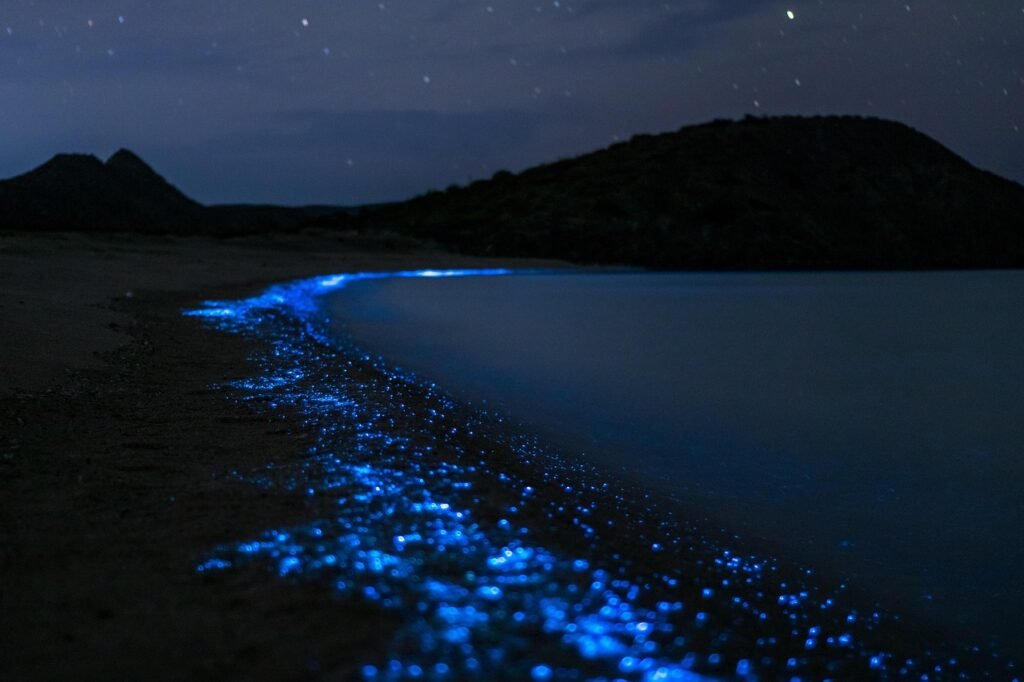Nature has painted one of her most magical masterpieces in the form of bioluminescent plankton, tiny organisms that transform dark ocean waters into rivers of electric blue light. Think of it like underwater fireflies creating liquid lightning with every splash and paddle stroke.
This fall presents a unique opportunity to witness this phenomenon across various American coastlines. The spectacle typically occurs in the fall months, with optimal viewing conditions often extending from June through October. What makes autumn particularly special is the convergence of still-warm waters from summer and the calmer weather patterns that create perfect conditions for these microscopic light shows.
Mission Beach and La Jolla Shores, San Diego
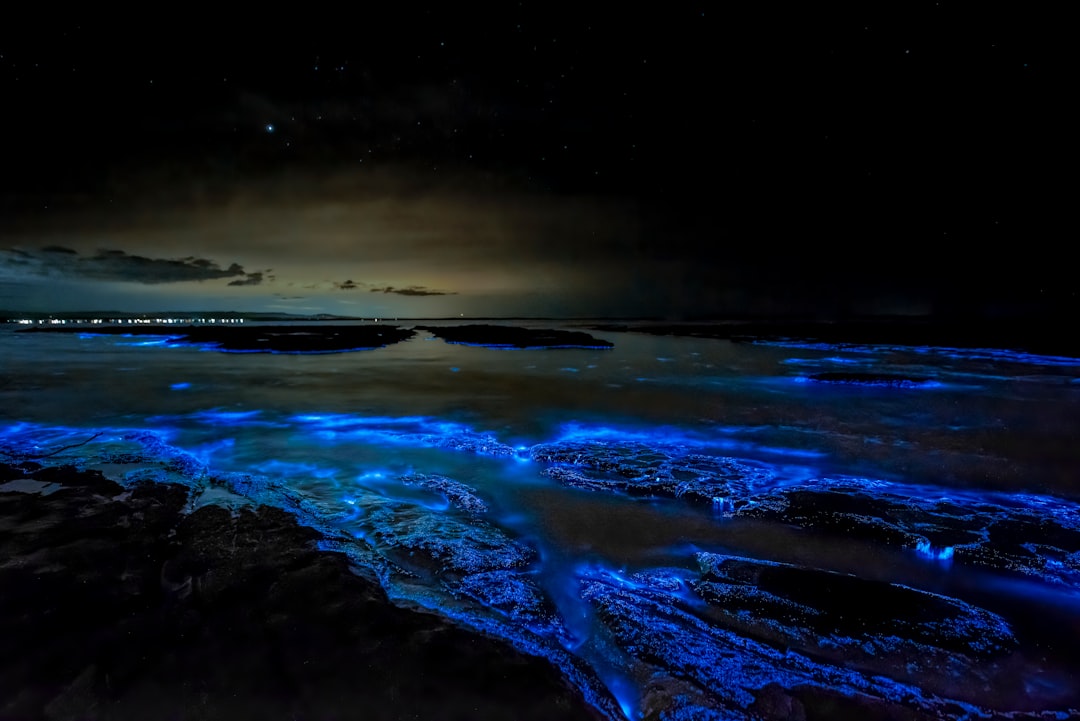
The most common places for bioluminescent waves to occur in Southern California are in San Diego, specifically at Mission Beach, La Jolla Shores, and Blacks Beach. These Southern California hotspots have become legendary among bioluminescence seekers for their reliable displays throughout the fall season.
Mission Beach quiets at night as people start leaving Belmont Park at closing time, creating the perfect atmosphere for witnessing the bioluminescence occurrence from the Mission Beach Boardwalk or getting up close to the phenomena right on the beach. The wide stretch of coastline provides multiple vantage points, whether you prefer watching from the comfort of the boardwalk or wading into the glowing waters yourself.
Newport Beach and Laguna Beach, Orange County
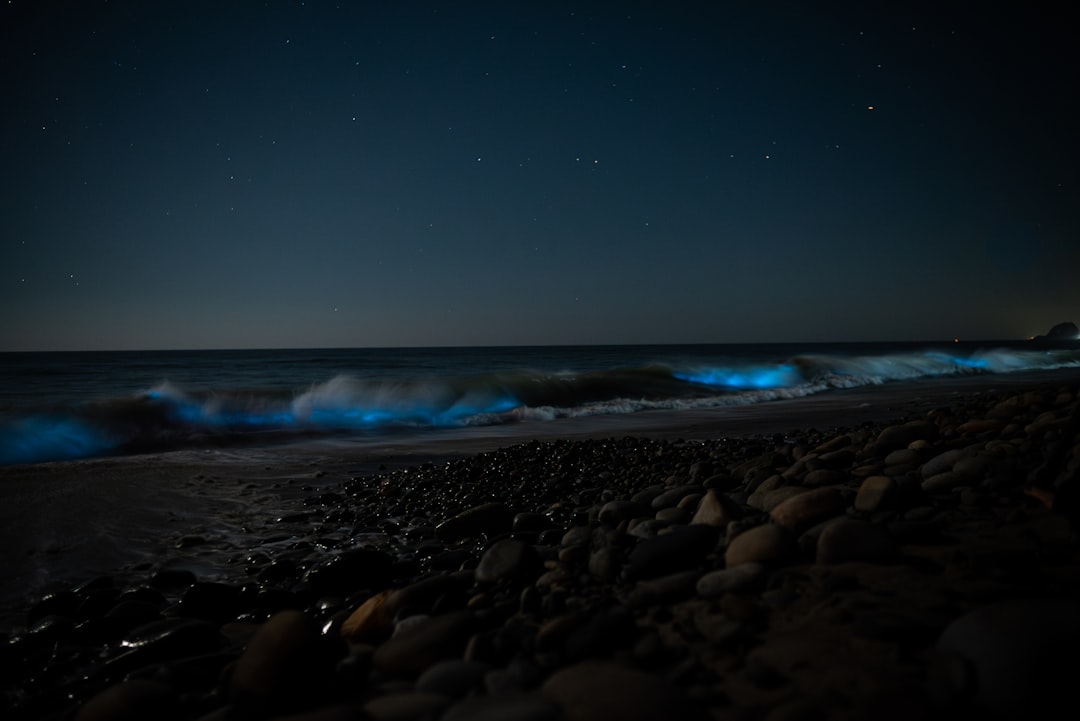
Enthusiasts have shared photos of the bioluminescence from several hotspots including Newport Beach and Laguna Beach, with recent weeks showing bioluminescent blue waves spotted along the Orange County coast. These locations have gained popularity due to their accessibility and the impressive displays they frequently host during fall months.
The best time to venture out for a glimpse is between 9 p.m. and 3 a.m., with many noting that the bioluminescence doesn’t really start coming out until after 10 p.m., as if the organisms have their own internal clock. The phenomena becomes even more dramatic when higher tides bring the glowing organisms closer to shore, creating an almost otherworldly shoreline experience.
Friday Harbor, San Juan Island, Washington
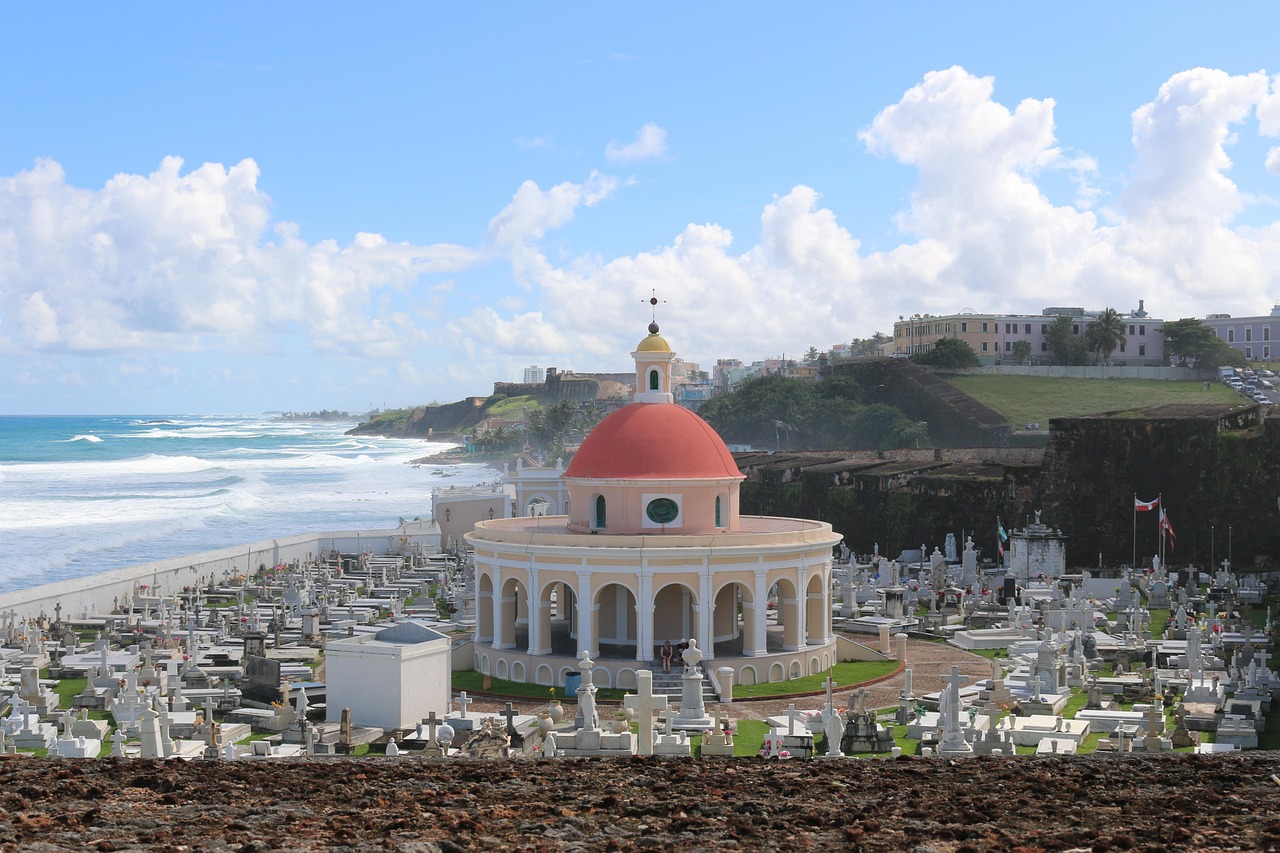
San Juan Island is considered one of the excellent places to see bioluminescence, as tidal exchanges around the island support a particularly robust bioluminescent population. This Pacific Northwest gem offers a completely different bioluminescent experience compared to its southern counterparts.
In Griffin Bay on the east coast by Friday Harbor, three tour companies run night kayaking trips, with Discovery Sea Kayaks guiding trips on specific nights around the new moon. The experience here involves paddling through calm waters where every stroke of your paddle creates trails of blue light, making it feel like you’re painting with liquid starlight.
Puget Sound, Washington

You can see bioluminescence in the coasts of Puget Sound, Port Angeles, the Washington Coast, and sometimes even in Seattle in Golden Gardens. This extensive waterway system provides numerous opportunities for witnessing the phenomenon throughout the fall season.
In the Pacific Northwest, June through August are the most active months for bioluminescence, with less active periods in late spring and early fall. However, if warm, sunny days continue into September, that can still provide a great opportunity to see bioluminescence at night, with earlier sunsets making viewing more convenient.
Crystal Beach and Galveston Bay Area, Texas

The phenomenon occurs in Noctiluca scintillans, also called “sea sparkle,” which blooms yearly in the Galveston and Bolivar area when the temperature of the water is just right for the organism to grow in numbers. This Gulf Coast location offers a unique bioluminescent species compared to the Pacific Coast destinations.
Residents on Crystal Beach have reported seeing the phenomenon most days during peak weeks, with visitors from all over jumping in their cars and driving hours to come see it, not even knowing when they arrive if it would still be there. The unpredictability adds to the excitement, making each successful sighting feel like discovering hidden treasure.
Space Coast, Florida

Florida has a few species of bioluminescent creatures that cause the waters around Cape Canaveral to glow bright blue, including plankton, comb jellyfish, and snapping shrimp, which glow like they’re being showcased in a mood-lamp aquarium. This creates a diverse bioluminescent ecosystem unlike anywhere else in the country.
The stretch of the Intracoastal Waterway between Port St. Lucie and Titusville is the best place in the state to catch bioluminescence, with the waters branching off into the Banana River near Cocoa Beach. For the full sheet of plankton bioluminescence, the Space Coast is best visited when warm waters make for the most activity.
Manasquan Beach, New Jersey
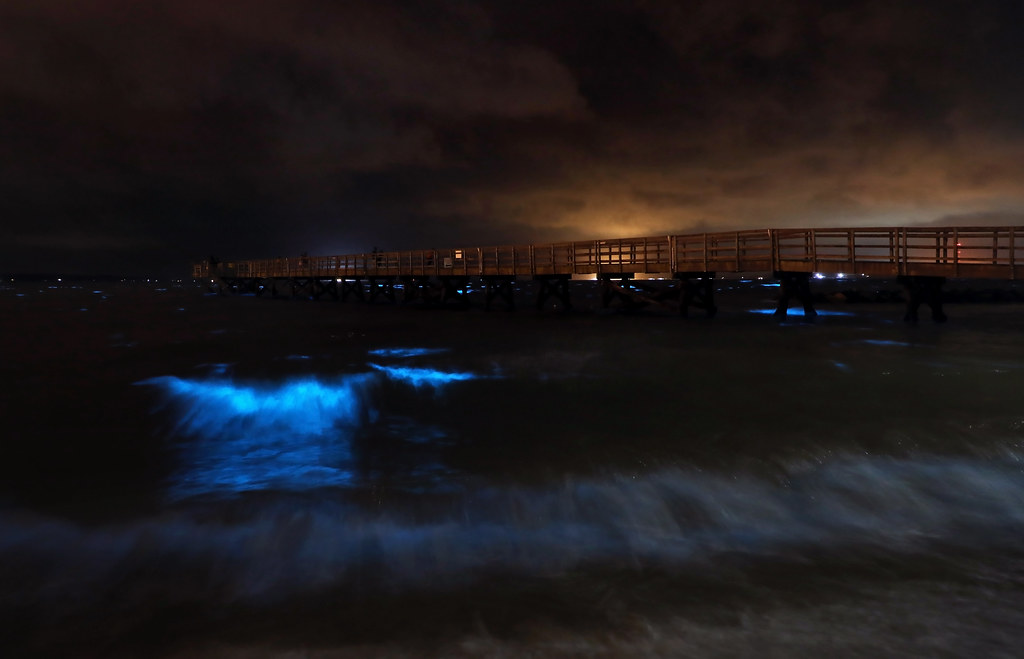
This charming beach town on the Jersey shore offers summertime trips to the boardwalk that sometimes come with bioluminescent action, and because Manasquan is quieter than towns with Ferris wheels and dance clubs, you’ll catch the odd blue, glowing waves on a warm night simply by strolling down to the shoreline.
There aren’t any area bioluminescent kayaking tours because it’s an unpredictable occurrence, but you could put in your own boat anywhere along the beach if you see it happening. This makes Manasquan perfect for spontaneous bioluminescence seekers who enjoy the thrill of an unexpected discovery during a peaceful evening beach walk.
Oregon Coast
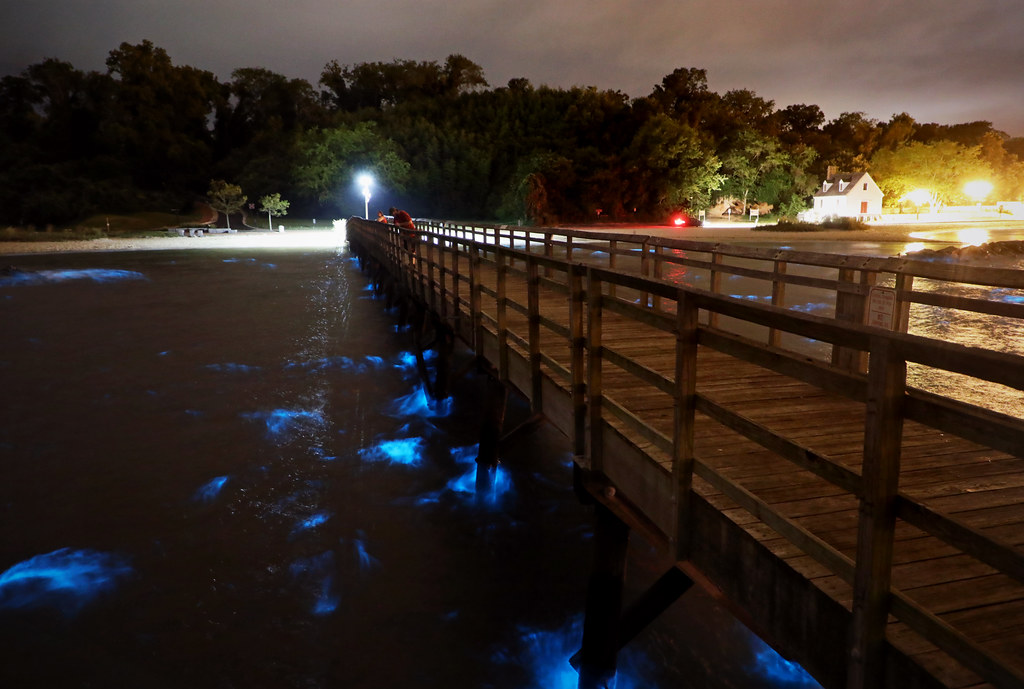
One of the more treasured, wondrous and surreal experiences you can have on the Oregon coast is encountering what’s nicknamed “glowing sand” at night, where the wet sand at the tideline glows just slightly when touched, usually seen as tiny little blue/green sparks as you walk on it.
The phenomenon comes down to north winds, as dinoflagellate and algal blooms happen during periods of heavy upwelling in which northerly winds cause upwelling of cold, nutrient rich water along the coast. Pacific Northwest waves are coming alive with light, drawing photographers from Oregon and Washington to the coast.
Looking for this natural light show requires patience and the right conditions. First things first, it needs to be dark to see bioluminescence, as the organisms do not glow if they encounter light. The magic happens when microscopic organisms react defensively to disturbances, creating those ethereal blue trails that seem to come straight from a fantasy novel.
Whether you’re planning a dedicated bioluminescence hunting trip or hoping to stumble upon it during a fall coastal vacation, these eight locations offer your best chances of witnessing one of nature’s most spectacular displays. Each destination provides its own unique viewing experience, from the predictable tours of San Juan Island to the spontaneous discoveries along the Jersey Shore. What do you think would be more thrilling – the guaranteed spectacle of a guided tour, or the excitement of an unexpected encounter?

